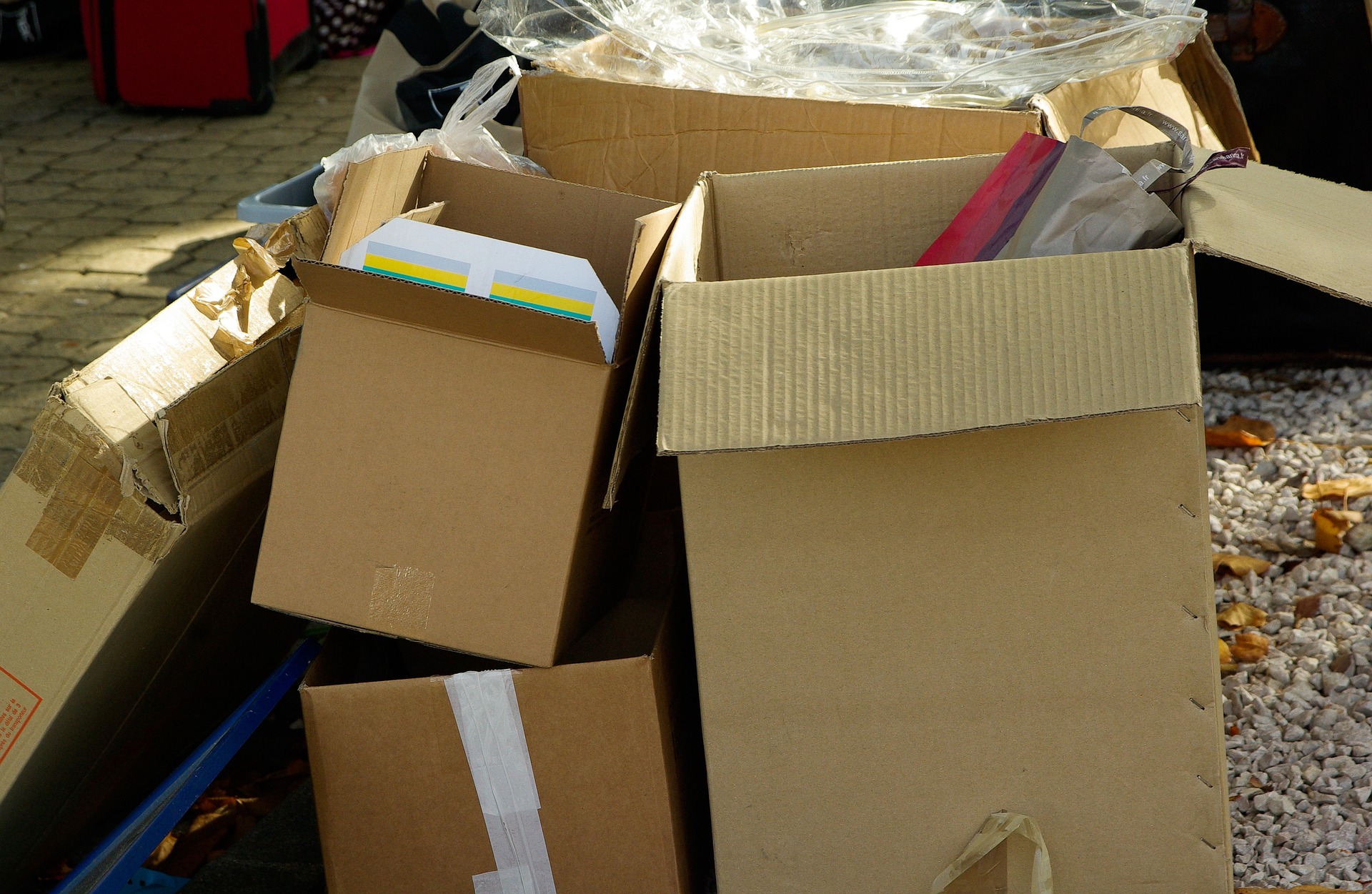The regulation comes into force just 20 days after its publication. It applies to all packaging and all packaging waste placed on the market in the European Union, regardless of the type of packaging or the material used. The regulation is therefore relevant for companies in all sectors.
It defines comprehensive requirements for recyclability and sustainable packaging design. At the heart of the new regulation is the obligation to regulate the entire life cycle of packaging in order to strengthen the principles of the circular economy, reduce packaging waste and protect consumers from substances of concern in packaging.
“The packaging regulation that has now been passed is a milestone for the European circular economy. It offers companies a clear framework to anchor sustainability and the circular idea in the packaging industry, while at the same time enabling competitive advantages through innovative solutions,” explains Dr. Robert Hermann, expert for sustainable packaging solutions at TÜV Süd. “Companies are now faced with the challenge of adapting their processes and packaging strategies. At the same time, this regulation offers the opportunity to take a pioneering role in the area of sustainability through early implementation.”
Important innovations include:
• Recyclability: From 2030, all packaging must be designed so that it can be recycled.
• Use of recyclates: mandatory use quotas for recyclates in plastic packaging from 2030
• Material separation: Different materials within a package must be easily separable.
• Reusable quotas: Binding reusable quotas are introduced, for example for beverage packaging.
• Restriction of certain disposable packaging from 2030: e.g. disposable plastic outer packaging or small disposable packaging for the hospitality industry.
• Technical documentation: Under the new regulations, producers must assess packaging for compliance with the regulation and then issue a declaration of conformity.
• Environmentally oriented public procurement: For this purpose, the PPWR provides for binding minimum requirements in order to promote the demand for sustainable packaging.
• Reduction of packaging waste: Member States will take measures to achieve the recycling target of at least 65% of the weight of all packaging waste generated by December 31, 2025.
• Regulation in online retail: Packaging in e-commerce must be designed more efficiently to minimize unnecessary empty space.
• Labeling requirements: Consumers receive better information about recycling options and the correct one through clearer and binding labels
Disposal of packaging.
• Ban on PFAS: The use of PFAS in packaging that comes into contact with food may no longer be placed on the market.
The new packaging regulation is based on the revised EU Packaging Directive 94/62/EC, which was last updated by the amending directive (EU) 2018/851. This previous directive laid the foundation for harmonization of packaging and
Waste management in the EU and, according to TÜV Süd, has now been significantly tightened by the new regulations.






Leave a Reply